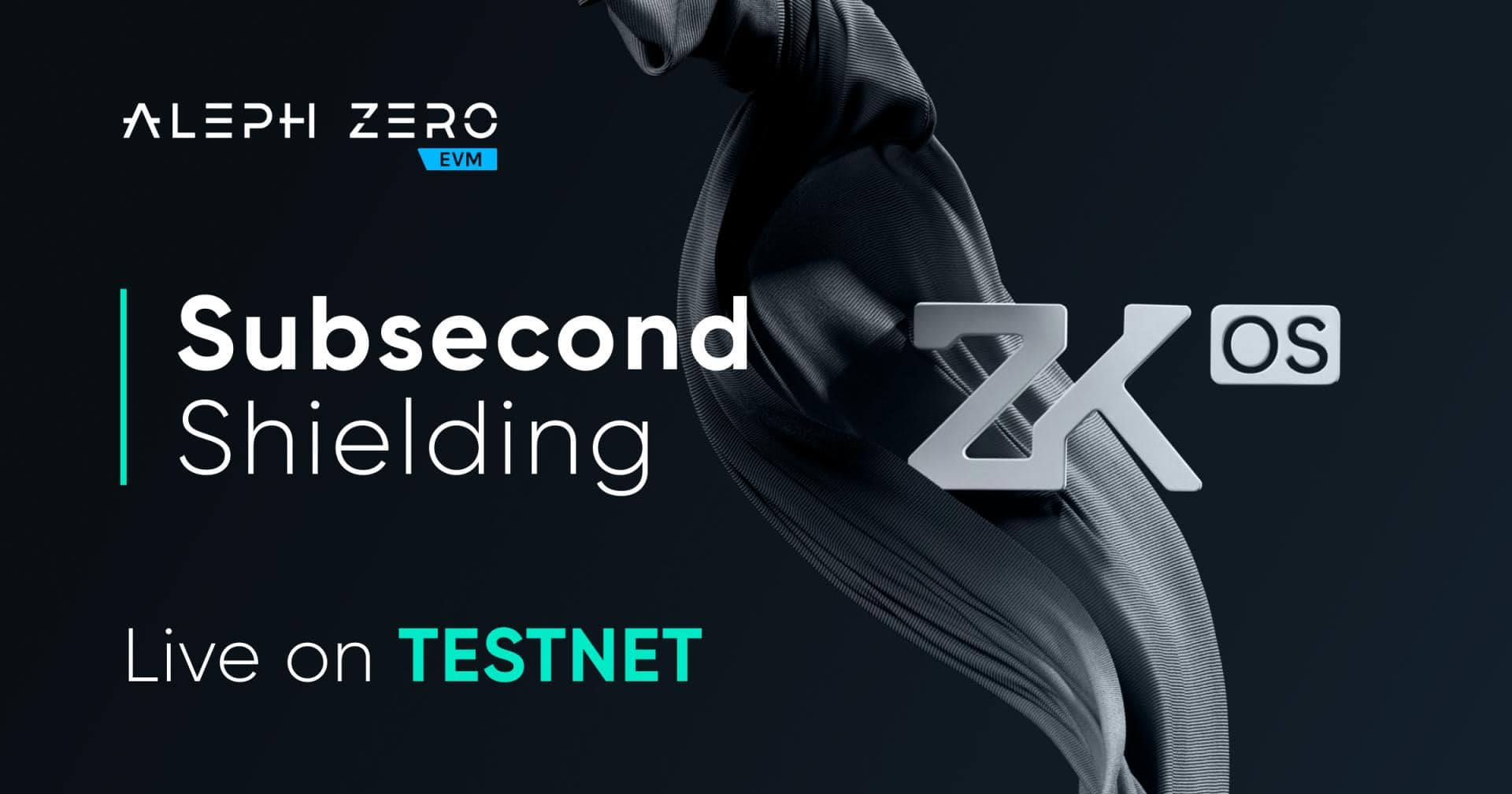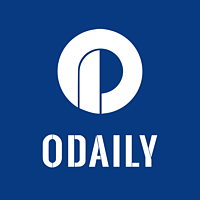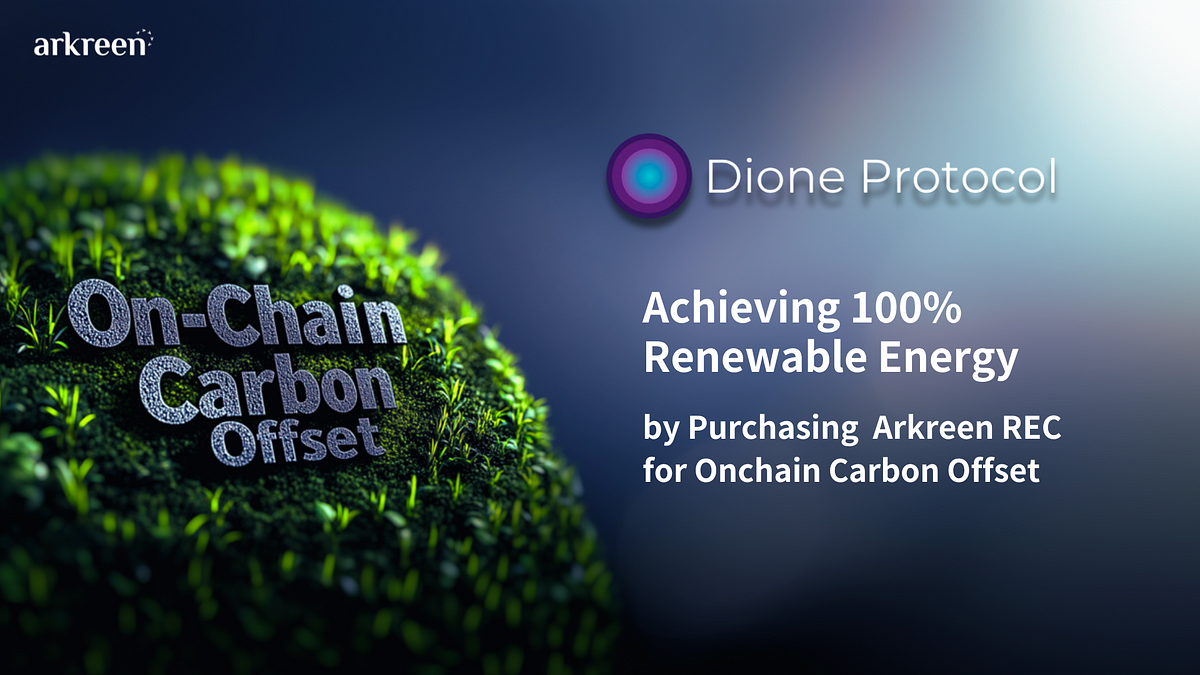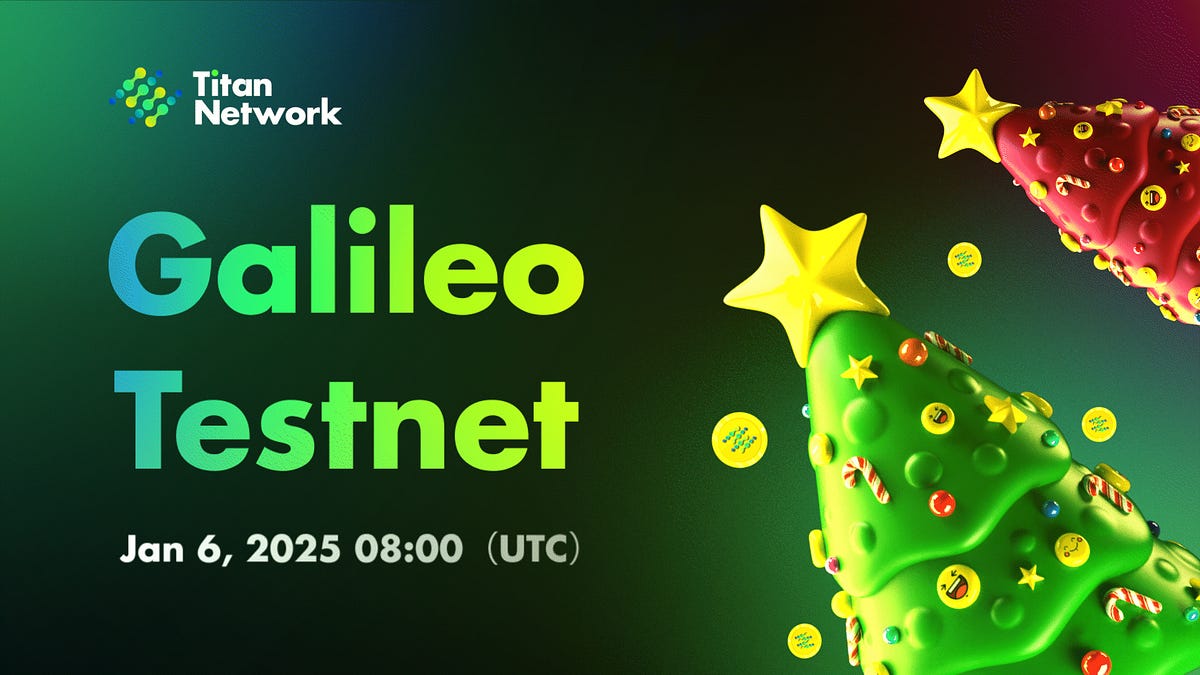Aleph Zero Launches Shielding Demo for zkOS on EVM Testnet

Aleph Zero, a prominent blockchain platform known for its emphasis on privacy and scalability, has announced the launch of its zero-knowledge operating system (zkOS) feature called Shielding on its EVM Testnet. This innovative technology allows zero-knowledge proofs to be generated directly on users’ devices, enhancing privacy while maintaining transaction speed. The Shielding Demo showcases the platform’s capability to deliver ZK proofs in an impressive timeframe of 0.5 to 3 seconds, thus ensuring that user privacy does not hinder performance. Adam Gagol, Co-Founder and CTO of Aleph Zero, emphasized that this release addresses the long-standing challenge of privacy in blockchain by providing a seamless user experience without sacrificing speed.
The Shielding Demo serves as an intuitive interface for users to engage with Aleph Zero’s zkOS privacy layer. The process involves generating zero-knowledge proofs locally, sending transactions to a relayer, and executing them on-chain—all while ensuring data privacy. This client-side approach is a significant departure from traditional server-side methods, as it empowers users to maintain control over their data. Aleph Zero’s roadmap for zkOS includes plans for additional features like ZK-ID and anonymity revokers, aimed at enhancing both user privacy and protection against fraudulent activities.
As Aleph Zero progresses with the Testnet release, the focus will shift towards refining the Shielding feature for its Mainnet deployment. Users participating in the Shielding Demo will have the chance to be whitelisted for upcoming zkOS Beta testing on Aleph Zero’s EVM Mainnet. The introduction of zkOS is poised to revolutionize the privacy landscape in blockchain, addressing regulatory concerns while enabling secure asset management across multiple blockchains. Aleph Zero’s commitment to developing practical privacy solutions positions it as a critical player in the evolving web3 ecosystem.
Related News





